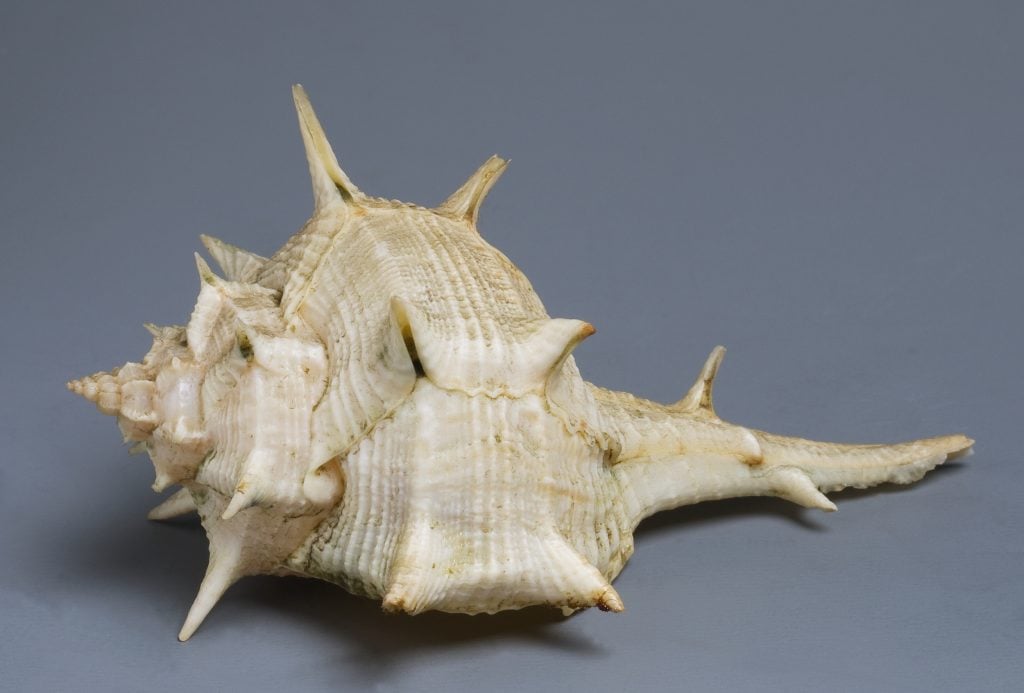Art World
Art Bites: How Snails Made Purple a Royal Color
It took 250,000 sea snails to produce a single ounce of Tyrian purple.

What’s the deal with Leonardo’s harpsichord-viola? Why were Impressionists obsessed with the color purple? Art Bites brings you a surprising fact, lesser-known anecdote, or curious event from art history. These delightful nuggets shed light on the lives of famed artists and decode their practices, while adding new layers of intrigue to celebrated masterpieces.
In 2018, Pantone chose ultraviolet, the purplest of purples, as its color of the year. The company’s explanation offered purple as synonymous with individuality. For proof, it cited the majesty of pop icons Prince, David Bowie, and Jimi Hendrix. To be sure, the trio were stellar ambassadors for the color, but in terms of purple’s royal heritage, the description somewhat missed the mark.
Purple is not a color that occurs with great frequency in nature and in the ancient world this lent it an exclusive and exotic quality. Beginning in the 15th century B.C.E, citizens in the eastern Mediterranean cities of Sidon and Tyre worked out how to produce a purple dye. The process was labor intensive, resource specific, and, as a consequence, extremely expensive.
The purple dye was made by squeezing the gland of a sea snail (Bolinus brandaris, to be precise) which produced a single drop of liquid — an evolutionary defense mechanism that, apparently, smells of garlic. When exposed to sunlight the mucus shifts in color from green to blue, and finally to dark purple. It was called Tyrian purple after the city of Tyre.

Purple dye murex shell. Photo: DeAgostini/Getty Images.
It took upward of 250,000 sea snails to produce a single ounce of purple dye and its prohibitive cost meant only royalty and elites could afford to wear it. In the Old Testament, purple is the color for the curtains of the tabernacle, it appears on the belt of Ajax in The Iliad, and as color of Dido’s tunic in Virgil’s Aeneid. Alexander the Great, the Ptolemaic kings of Egypt, and Roman Emperors all donned garments of Tyrian purple.
For the best part of 1,000 years, the harvest and trade of Tyrian purple was closely controlled by first the Greeks, then the Romans, and finally the Byzantines. The Romans even mythologized the color’s discovery through the story of Hercules’s dog biting into sea snail and dyeing its tongue.
The Byzantines took purple appreciation to a new level. Those outside of the imperial household were prohibited from using the color, laws were signed in purple ink, and royal children were described as being “born in purple”. This lineage was smashed when Constantinople fell to the Ottoman Turks in 1453. They promptly destroyed the harvesting farms.
It took five hundred years for purple to make a comeback. While trying to produce quinine, the scientist William Henry Perkin accidentally made a purple dye. Synthetic and not reliant on the killing of millions of sea snails, purple, for the first time, could be worn by the masses.





